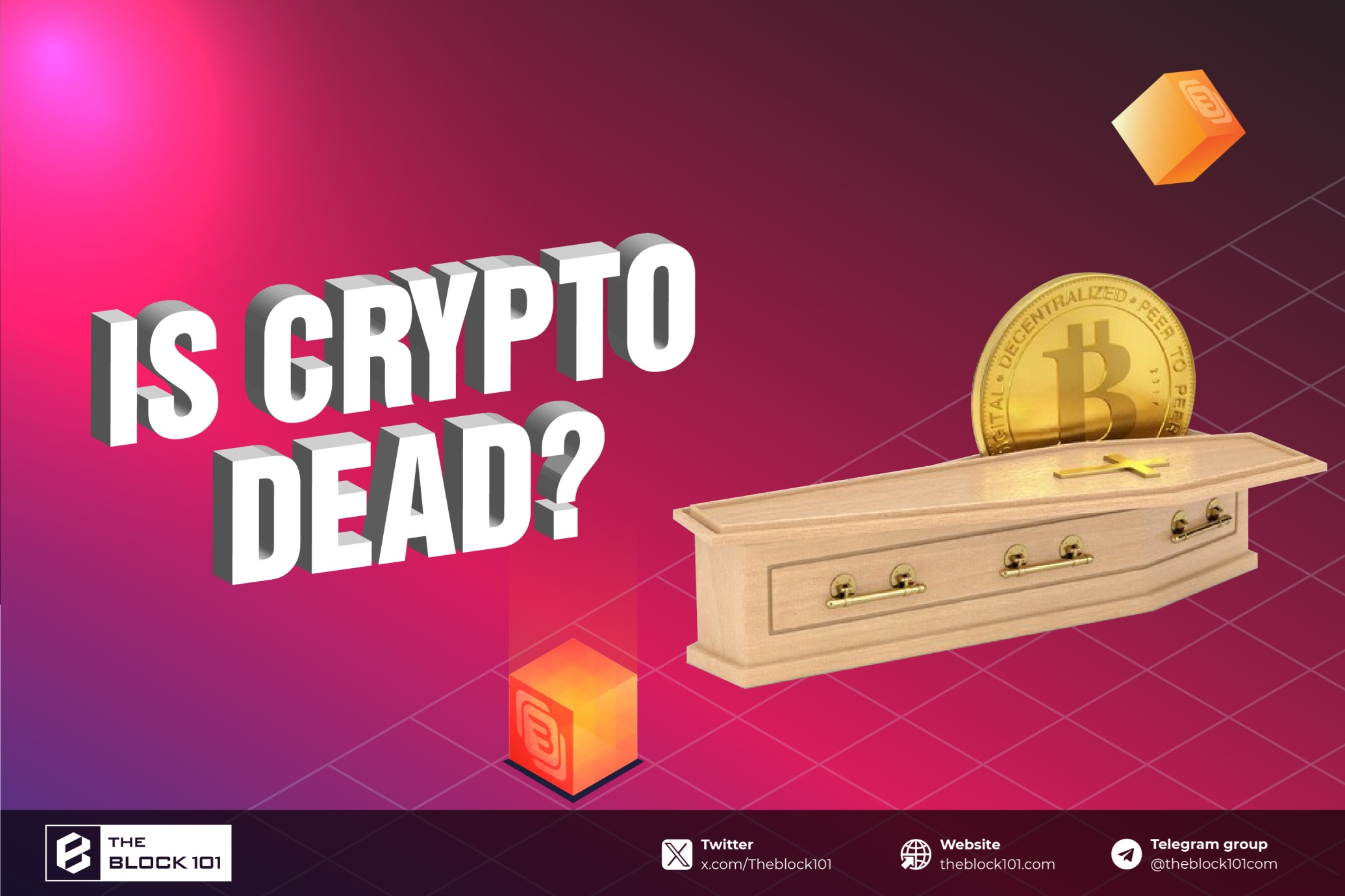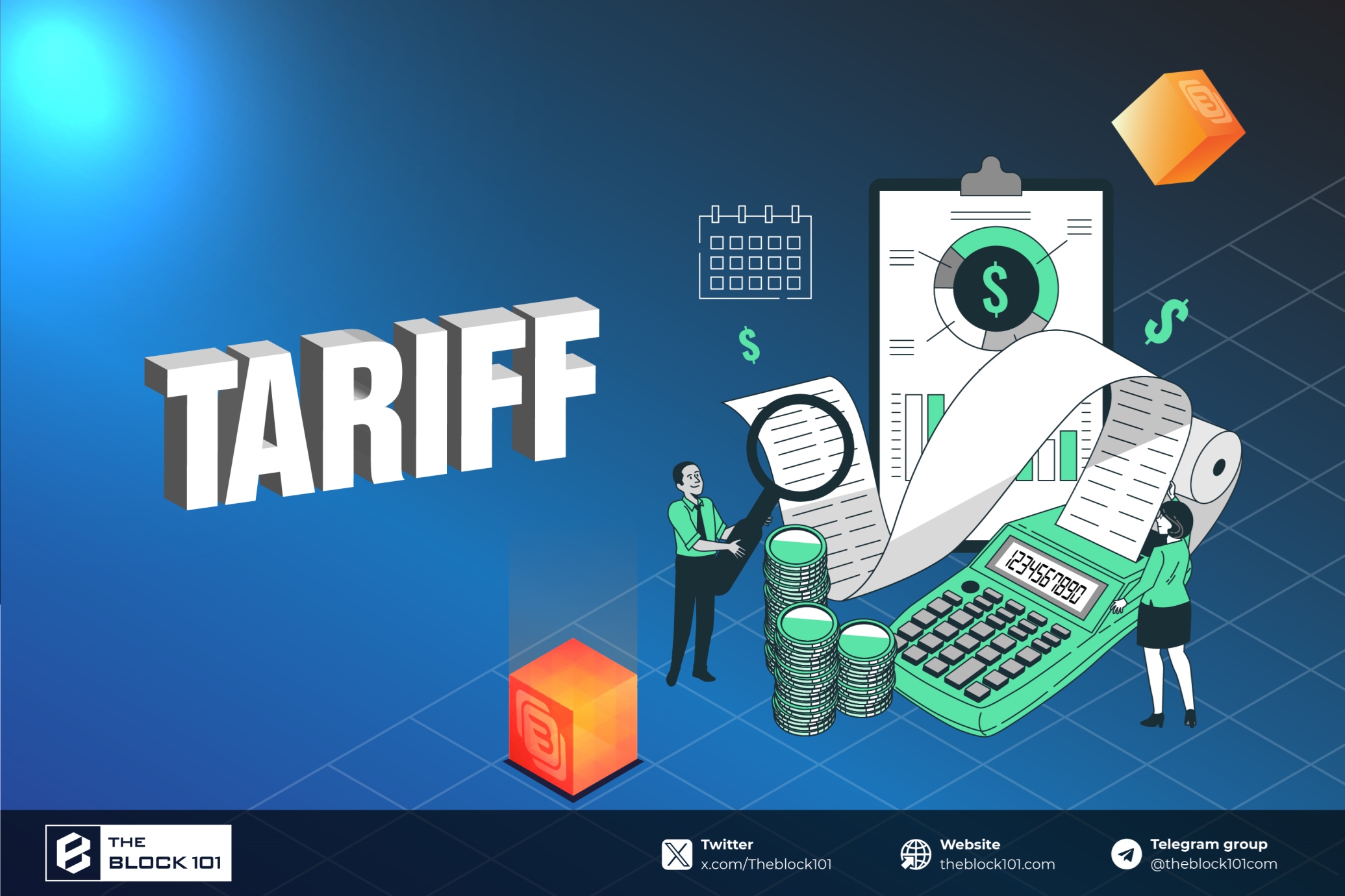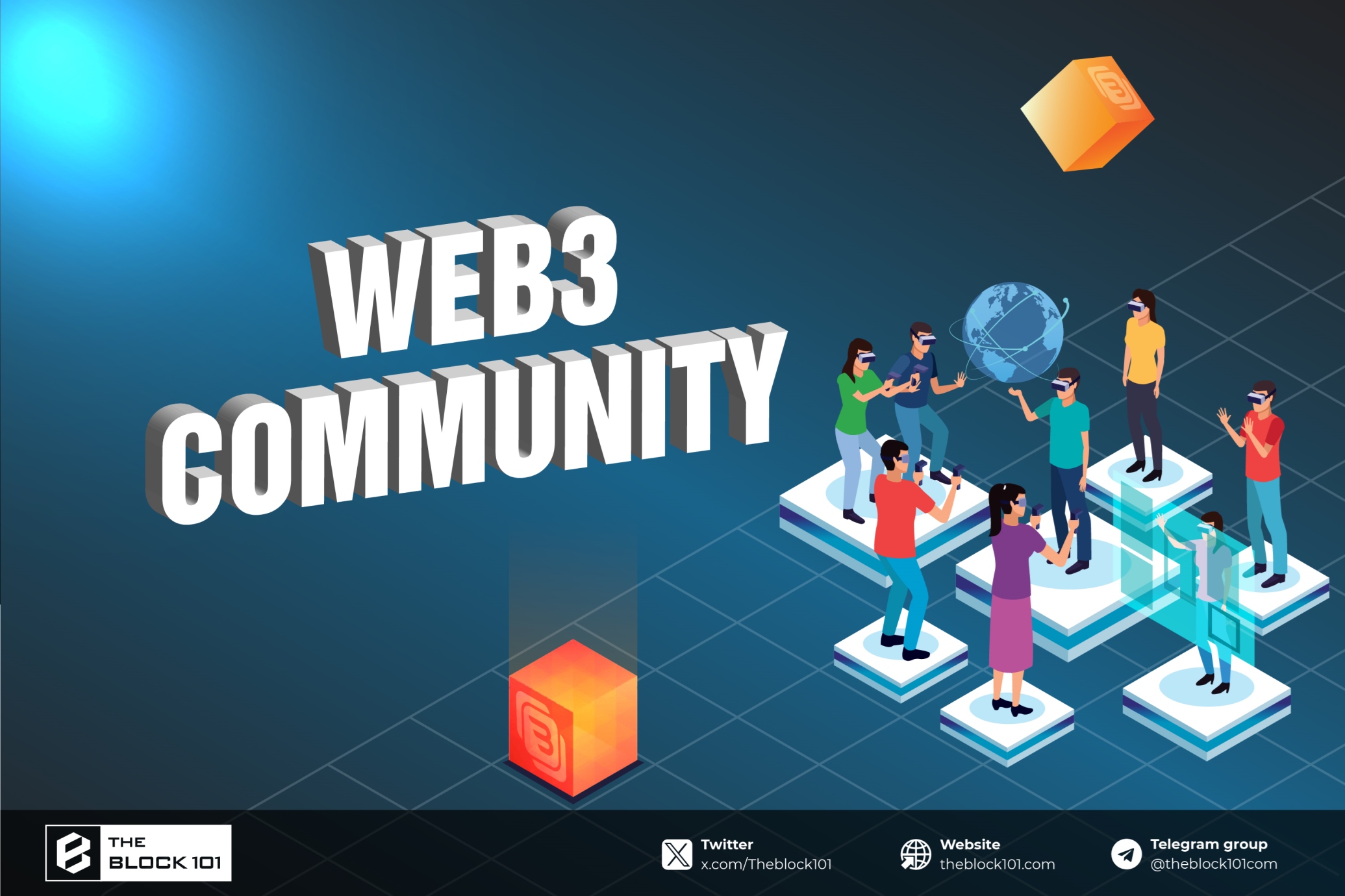1. What is Ethereum Layer 2?
Ethereum Layer 2 solutions are protocols built on top of the Ethereum blockchain (Layer 1) to handle transactions off-chain, thereby alleviating the burden on the main network. These solutions aim to increase transaction speed and reduce costs while maintaining the security and decentralization of the Ethereum network. The main types of Ethereum Layer 2 solutions include Rollups (Optimistic Rollups and ZK-Rollups), State Channels, Plasma, and Sidechains.
2. Why is Layer 2 necessary?
Ethereum, since its inception, has faced significant challenges in terms of scalability. The network's limited throughput often results in high gas fees and slow transaction times, especially during peak usage periods. These issues hinder the mass adoption of decentralized applications (dApps) and DeFi platforms. Layer 2 solutions address these challenges by providing:
-
Increased transaction speed: By processing transactions off-chain, Layer 2 solutions can significantly increase the number of transactions per second (TPS).
-
Reduced gas fees: Offloading transactions from the main chain helps in lowering gas fees, making the network more affordable for users.
-
Enhanced scalability: Layer 2 solutions enable the Ethereum network to handle a larger volume of transactions, supporting the growth of dApps and DeFi ecosystems.
-
Maintained security: By relying on the security of the Ethereum mainnet, Layer 2 solutions ensure that transactions remain secure and tamper-proof.
3. Top Ethereum Layer 2
3.1. Optimistic Rollups
Optimistic Rollups are one of the most promising Layer 2 solutions, combining the security of Ethereum with significantly improved scalability. They work by batching multiple transactions off-chain into a single transaction, which is then submitted to the Ethereum mainnet. The term "optimistic" refers to the assumption that transactions are valid and do not need to be verified unless challenged.
Key features:
-
Increased throughput: Optimistic Rollups can handle hundreds of transactions per second (TPS), compared to Ethereum's 15-30 TPS.
-
Cost efficiency: By aggregating transactions, Optimistic Rollups significantly reduce gas fees.
-
Security: They inherit Ethereum’s security model, ensuring robustness and reliability.
Popular implementations:
-
Optimism: A leading Optimistic Rollup solution, Optimism aims to enhance Ethereum’s scalability while ensuring compatibility with existing dApps.
-
Arbitrum: Developed by Offchain Labs, Arbitrum is another popular Optimistic Rollup solution known for its broad developer support and ease of integration.
2.2. ZK-Rollups
Zero-Knowledge Rollups (ZK-Rollups) leverage zero-knowledge proofs to validate transactions off-chain and periodically submit proofs to the Ethereum mainnet. Unlike Optimistic Rollups, ZK-Rollups provide cryptographic proof of validity, ensuring that every transaction batch is accurate.
Key features:
-
High security: ZK-Rollups offer enhanced security through cryptographic proofs.
-
Scalability: They can handle a high volume of transactions with reduced latency.
-
Instant finality: Transactions are finalized as soon as proofs are submitted, reducing the risk of long confirmation times.
Popular implementations:
-
zkSync: Developed by Matter Labs, zkSync is a prominent ZK-Rollup solution focused on user-friendly interfaces and low transaction fees.
-
StarkWare: StarkWare offers STARK-based rollup solutions, providing scalable and secure options for decentralized applications.
2.3. State Channels
State Channels enable participants to transact off-chain, with only the initial and final states of transactions recorded on the Ethereum mainnet. This approach significantly reduces the number of on-chain transactions, thereby enhancing scalability and reducing costs.
Key features:
-
Instant transactions: State Channels allow for near-instant transactions between participants.
-
Privacy: Off-chain transactions offer greater privacy compared to on-chain transactions.
-
Cost efficiency: By minimizing on-chain interactions, State Channels reduce gas fees.
Popular implementations:
-
Raiden Network: Often referred to as Ethereum’s version of the Lightning Network, Raiden facilitates fast and low-cost transfers using State Channels.
-
Celer Network: Celer Network provides a generalized State Channel solution that supports various use cases, including micropayments and gaming.
2.4. Plasma
Plasma is a Layer 2 scaling solution that uses child chains to process transactions off the main Ethereum blockchain. These child chains operate independently but periodically commit summaries of their state to the Ethereum mainnet, ensuring security and decentralization.
Key features:
-
High throughput: Plasma chains can process a large number of transactions off-chain.
-
Security: Periodic state commitments to the Ethereum mainnet maintain security and integrity.
-
Flexibility: Plasma chains can be customized for specific applications and use cases.
Popular implementations:
-
OMG Network: Previously known as OmiseGO, OMG Network leverages Plasma to enhance scalability and reduce transaction fees on Ethereum.
-
Matic Network (Polygon): Initially built as a Plasma solution, Polygon has evolved into a comprehensive Layer 2 scaling platform supporting various technologies.
2.5. Sidechains
Sidechains are independent blockchains that run parallel to the Ethereum mainnet, allowing for the transfer of assets and data between chains. Sidechains can operate with their consensus mechanisms and governance models, offering flexibility and scalability.
Key features:
-
Scalability: Sidechains can process transactions independently of the Ethereum mainnet, enhancing overall network throughput.
-
Customizability: Developers can tailor sidechains to specific use cases and requirements.
-
Interoperability: Assets and data can move seamlessly between the Ethereum mainnet and sidechains.
Popular implementations:
-
Polygon (formerly Matic Network): Polygon is a versatile Layer 2 scaling solution that supports sidechains, among other technologies, to enhance Ethereum’s scalability.
-
xDai Chain: xDai Chain is a stablecoin-focused sidechain offering fast and low-cost transactions for decentralized applications.
2.7. Arbitrum
Arbitrum, developed by Offchain Labs, is another leading Layer 2 solution utilizing Optimistic Rollups. It aims to provide a scalable, secure, and efficient environment for dApps and smart contracts.
Key features:
-
High throughput: Capable of processing thousands of transactions per second.
-
Cost-effective: Reduces transaction costs by orders of magnitude compared to Layer 1.
-
EVM compatibility: Fully compatible with Ethereum Virtual Machine (EVM), making it easy for developers to migrate their dApps.
-
Security: Inherits Ethereum's security model, ensuring the integrity of transactions.
Arbitrum's developer-friendly environment and robust performance have made it a popular choice for many Ethereum projects looking to scale.
3. Advantages and disadvantages of Ethereum Layer 2
3.1. Advantages
The adoption of Layer 2 solutions brings several benefits to the Ethereum ecosystem:
-
Enhanced scalability: By processing transactions off-chain, Layer 2 solutions significantly increase the number of transactions the network can handle, alleviating congestion on the Ethereum mainnet.
-
Reduced transaction fees: Layer 2 solutions lower gas fees by aggregating transactions and minimizing on-chain interactions, making Ethereum more accessible to users and developers.
-
Improved user experience: Faster transaction times and lower costs enhance the overall user experience, encouraging broader adoption of Ethereum-based applications.
-
Security and Decentralization: Most Layer 2 solutions maintain the security and decentralization of the Ethereum mainnet, ensuring robustness and trustworthiness.
-
Interoperability: Many Layer 2 solutions facilitate seamless interoperability between the Ethereum mainnet and other chains, fostering a more interconnected blockchain ecosystem.
3.2. Disadvantages
While Ethereum Layer 2 solutions offer numerous advantages, they also come with challenges and considerations:
-
Complexity: Implementing and integrating Layer 2 solutions can be complex, requiring significant development and technical expertise.
-
Security risks: Although many Layer 2 solutions inherit Ethereum’s security, potential vulnerabilities and attack vectors still need to be addressed.
-
User adoption: Achieving widespread user adoption of Layer 2 solutions requires education, awareness, and a seamless transition from the Ethereum mainnet.
-
Interoperability: Ensuring seamless interoperability between different Layer 2 solutions and the Ethereum mainnet can be challenging and requires standardized protocols.
4. Future of Ethereum Layer 2
The future of Ethereum Layer 2 solutions looks promising, with continued innovation and development driving the ecosystem forward. As Ethereum transitions to Ethereum 2.0 and adopts a proof-of-stake consensus mechanism, Layer 2 solutions will play a crucial role in scaling the network and enhancing its capabilities.
The ongoing collaboration between developers, researchers, and the broader Ethereum community will be essential in addressing challenges and unlocking the full potential of Layer 2 solutions. With the rise of decentralized finance (DeFi), non-fungible tokens (NFTs), and other blockchain applications, the demand for scalable and efficient solutions will only grow, cementing the importance of Layer 2 technologies in the Ethereum ecosystem.
5. Conclusion
Ethereum Layer 2 solutions are pivotal in addressing the scalability and efficiency challenges of the Ethereum network. From Optimistic Rollups and ZK-Rollups to State Channels, Plasma, and Sidechains, each solution offers unique benefits and capabilities. As the Ethereum ecosystem continues to evolve, Layer 2 solutions will play an increasingly vital role in enabling the widespread adoption and success of decentralized applications. By enhancing scalability, reducing costs, and maintaining security, Layer 2 solutions are poised to transform the future of Ethereum and the broader blockchain landscape.
Read more:
- What is Bitcoin L2? Exploring Layer 2 Projects on Bitcoin
- What is layer blockchain? All about Layer 0, Layer 1, Layer 2 and Layer 3
- What is StarkNet? Overview of the Layer 2 solution

 English
English Tiếng Việt
Tiếng Việt.jpg)
















